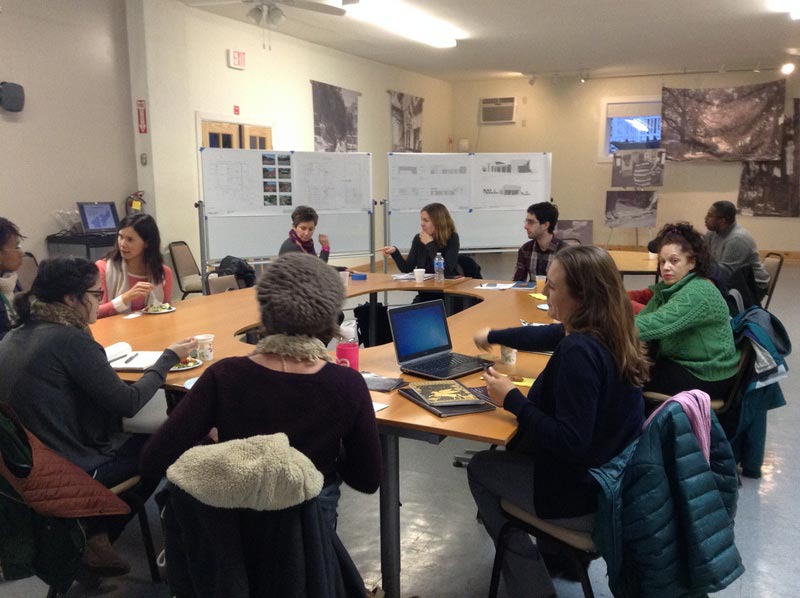Prevalent in Overbrook are food and nutrition inequities. This neighborhood is located in a food desert community (1.2 miles from the nearest supermarket). A 2010 health survey revealed that residents of zip codes 19151, 19131 and 19139, exhibit higher prevalence of obesity (34.5%), diabetes (16.7%) and high blood pressure (44.0%) than average rates for the city of Philadelphia as well as the entire South Eastern Pennsylvania region (PHMC, 2010).
The PHMC survey also revealed that only 37.8% of the residents in this neighborhood reported eating 3 or more servings of fruits and vegetables per day (PHMC, 2010). These statistics characterize the Farmacy service area as a food inequity community that would benefit from the establishment of a local food access and education program that strengthens the urban food system thereby increasing access to affordable nutritious food. Food inequity communities continue to persist in low-income communities
Research further shows that poor, minority neighborhoods in this community are at greatest risk for obesity and poor health outcomes (Black, Macinko, 2008; Ogden, et al., 2012; Drewnowski & Specter, 2004). Thus, food inequity community members often exhibit high rates of obesity-related chronic illnesses such as diabetes, cardiovascular disease, some cancers, and premature death (Finkelstein, et al., 2009; USDA, 2009).
According to Public Health Management Corporation’s Community Health Database, 26.9% of adults residing in the Clinic’s service area (zip codes 19131, 19139, and 19151) report a fair/poor health status. The major morbidities of patients include: diabetes, hypertension, obesity, tobacco, and coronary disease. Over 450 of the Clinic’s patients are diabetic, and another 74 patients are living with chronic heart disease. The incidence of diabetes is higher for both younger and older adults in the Clinic’s service area, compared to the region. Over 30 percent of adults aged 18-64 are obese and approximately 20 percent do not exercise at all.
